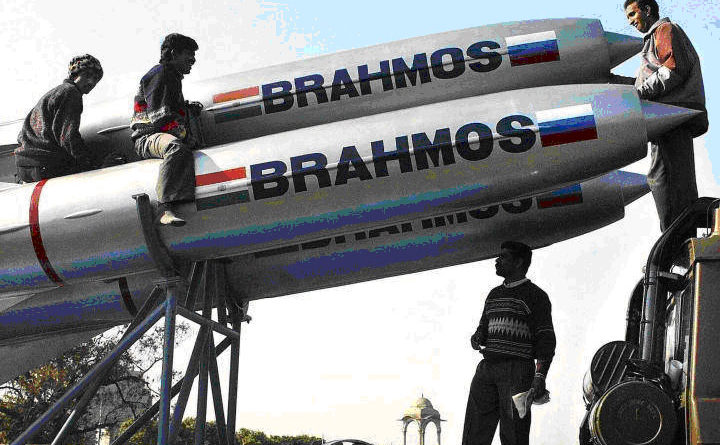Brahmos, Akash And Nirbhay: India Rolls Out Its Missiles To Counter Chinese Threat
28 Sep 2020
The 500 km-range Brahmos cruise missile, 800 km-range Nirbhay cruise missiles along with Akash surface-to-air missile (SAM) with a capability to target aerial threats 40 km away are at the core of India’s stand-off weapon deterrence to People’s Liberation Army (PLA) missile deployment in Xinjiang and Tibet regions.
View pictures in App save up to 80% data.© GettyWhile the PLA’s western theatre command has deployed stand-off weapons up to 2,000 km range and long-range SAMs in Tibet and Xinjiang after the Ladakh stand-off started, people familiar with the matter told Hindustan Times that the supersonic Brahmos, subsonic Nirbhay as well as Akash have been deployed to counter them by India in the worst-case scenario. The Chinese deployment is not limited to occupied Aksai Chin but is located in depth positions from Kashgar, Hotan, Lhasa and Nyingchi along the 3,488 km Line of Actual Control (LAC).
India’s main stay in the stand-off weapons is the Brahmos air-to-air and air-to-surface cruise missile with its 300 kilogramme warhead which can take care of airstrips in Tibet and Xinjiang, or a warship in Indian Ocean.
The Brahmos missile has been deployed in sufficient numbers in the Ladakh sector with the option to deliver the stand-off weapon from a Su-30 MKI fighter. Besides, the Brahmos can be used to create choke points in the Indian Ocean using the Car Nicobar air base in India’s island territories. The IAF’s Car Nicobar air base is the advanced landing ground for SU-30 MKI’s which can use air-to-air refuellers to protect against any PLA warship threat coming from the Strait of Malacca to Sunda Strait across Indonesia, a senior government official said.
Courtesy: Oera News/ msn.com

